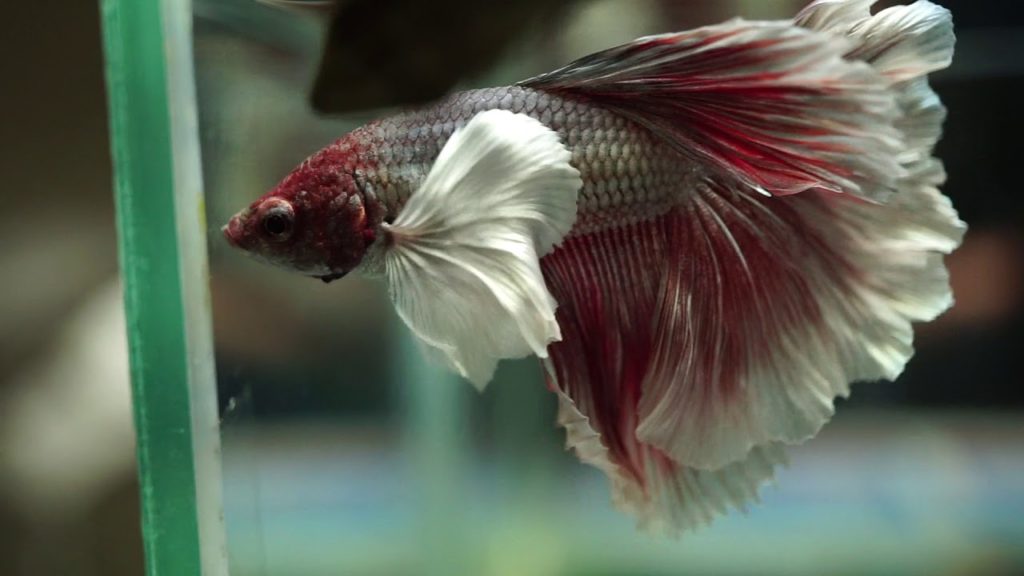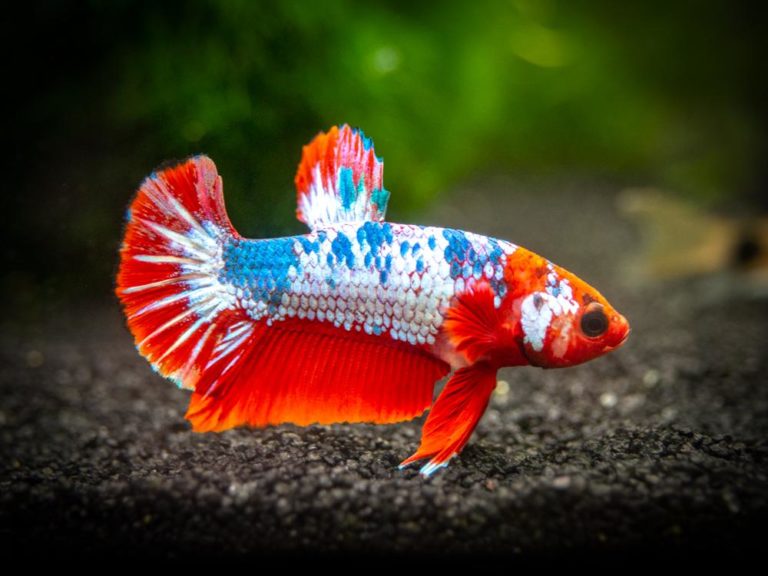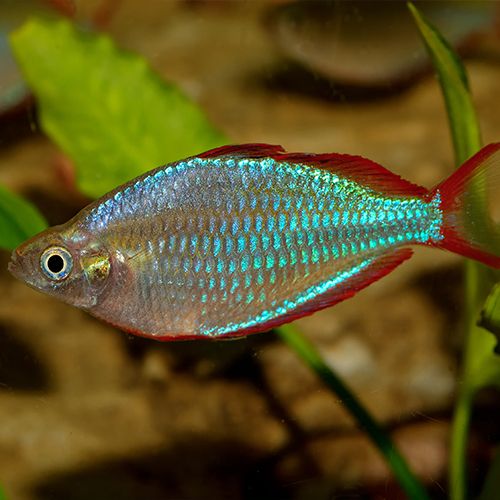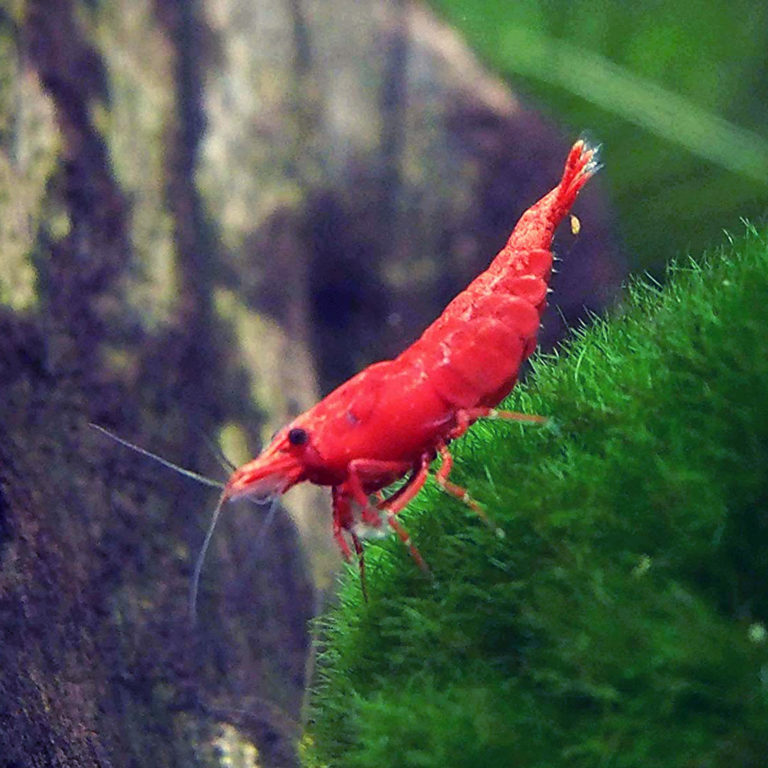13 Types of Betta Tails
It really goes without saying how popular the species, Betta Splendens is for its beauty, All around the globe.
We might as well call Siamese Fighting fish, The Real King of Freshwater Aquarium hobby (Fight me Discus fanbois).
Down below I’ll be listing down 13 Types of Betta fish Tails, So that you have an easier time identifying the one you currently have or deciding which type you want your next one to be.
1. Veiltail
The Veiltail is by far the most common type of betta you’re gonna encounter at your LFS (Local fish store) or pretty much anywhere else.
The feature which differentiates it from other types of Bettas is its downward pointing tail, Kinda like a Spadetail but larger, longer and pointing downwards.
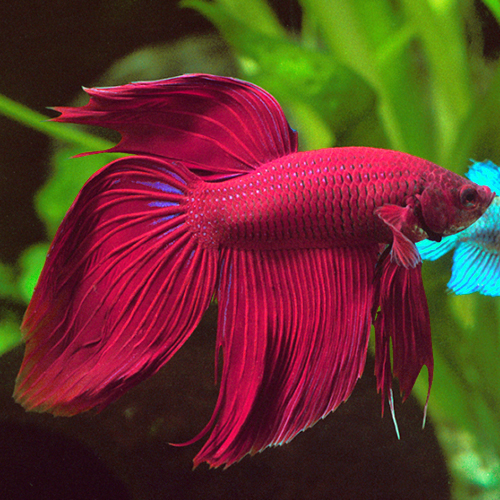
2. Crowntail
Crowntails are probably the second most popular choice of Betta available in the aquarium trade.
It can be identified by its long, spikey crown-like fins.
For a Betta to be a Crowntail, It needs to have extensively long fin rays with a very short amount of webbing. If the webbing reaches longer than 2/3 of the tail’s rays, It’s not a true Crowntail.
Crowntails can be further divided into Single rayed, Double rayed and Cross rayed types.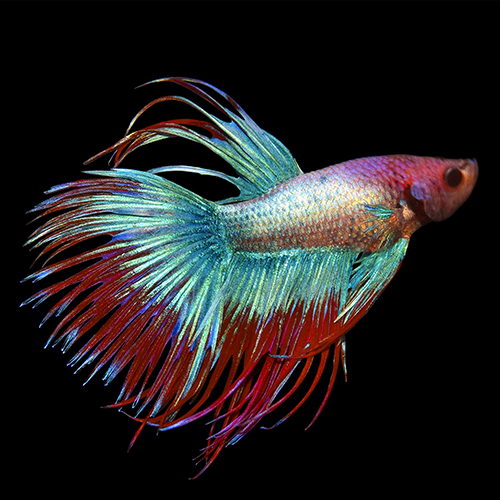
3. Combtail
Generally, Combtails are a result of crossbreeding A Crowntail with any of other Betta types like Plakat, Halfmoon, Delta, etc.Combtails are like Crowntails, Except for the fact that the webbing in their tail goes further than half of their tail’s rays.
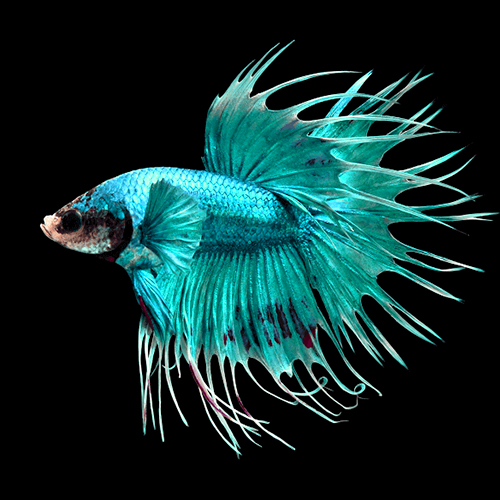
4.Halfmoon
A Halfmoon Betta can probably be a Betta keeper’s one of the most prized possessions.
Halfmoons are considered the prime of Betta.’
One can’t complain about its large, beautiful semi-circle, (Hence the name) Halfmoon shaped tail fanning across a 180-degree angle when it’s showing some flaring action.
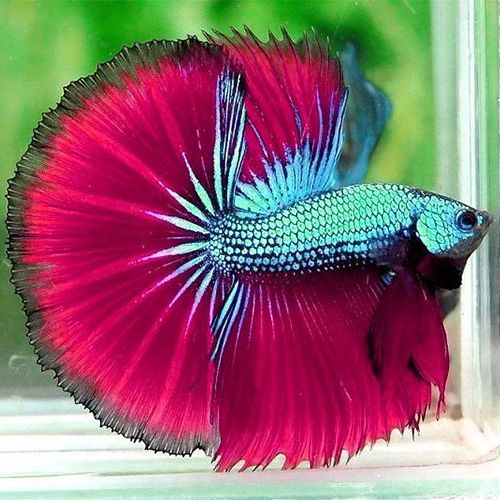
5. Spadetail
Named so for its tail’s clear resemblance to a spade, Like in a deck of playing cards. The tail has a broad round base which subtly narrows down to a point.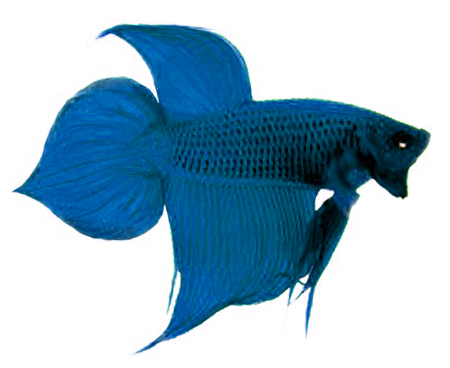
6. Over-Halfmoon
While having similar fins to Halfmoon Bettas, The caudal fin of Over-Halfmoon Bettas will fan over a 180-degree angle when flaring.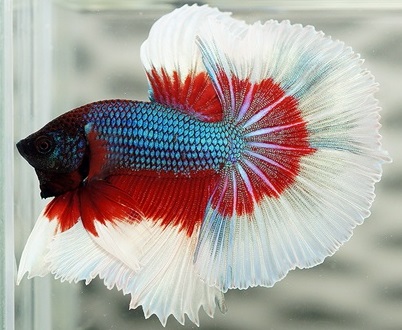
7. Double-tail
With an apparent naming after their recognizable distinct pair of dual tails which are separated from the base, Double-tail Bettas also tend to have larger dorsal fins.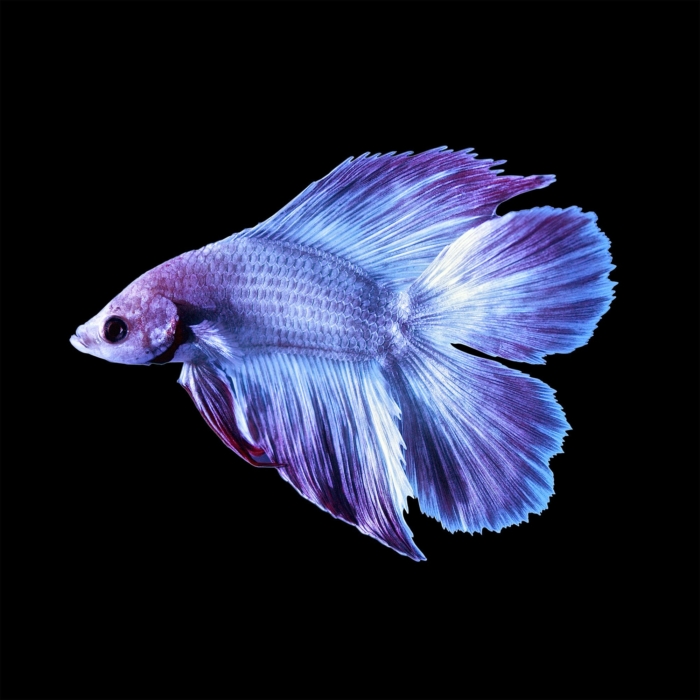
8. Delta
A Delta tail is single-tailed Betta whose tail has straight caudal edges but unlike the Halfmoon, Do not reach a 180-degree angle instead forming a triangular shape. They are named so because of their tail looking like the Greek letter Delta – Δ.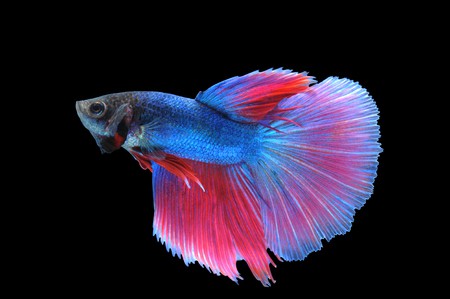
9. Super Delta
A Super Delta is similar to a Delta tail Betta except for the fact that a Super Delta’s tail will span over a larger angle, around 120-160 degrees while still not forming a semi-circle, Unlike a Halfmoon.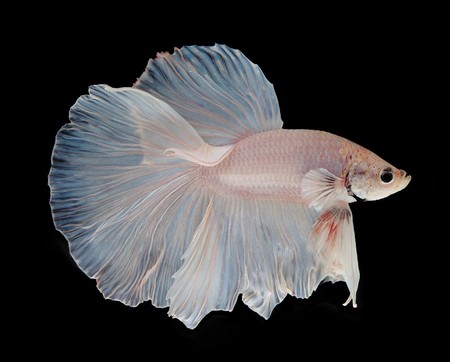
10. Half Sun
A Half Sun is a mashup of a Crowntail and a Halfmoon. Its tail will span over a 180-degree angle with the webbing fanning throughout but also a subtle length of the crown rays. The Half Sun tail is one of the rarest and hardest tail types to breed.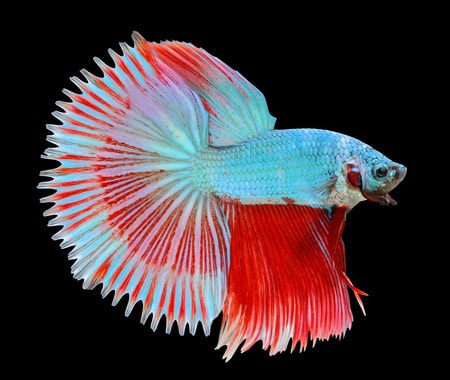
11. Rosetail
The Rosetail Betta is a yet another beautiful variation of the Halfmoon. The feature that differs it from the Halfmoon is its excessive branching of rays on its tail causing look like petals of Rose flower.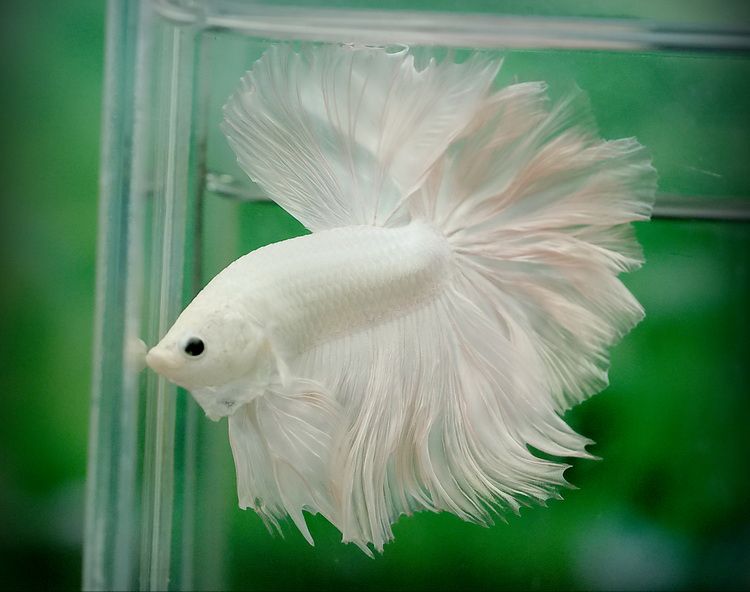
12. Feather-tail
A Feathertail is similar to a Rosetail in the fact that it’s like another beautiful variant of a Halfmoon, Except for the excessive branching of rays on its tail giving it a layered appearance. Although in case of a Feathertails, The branching is even more excessive giving its a tail a feather-like, even more ruffled look.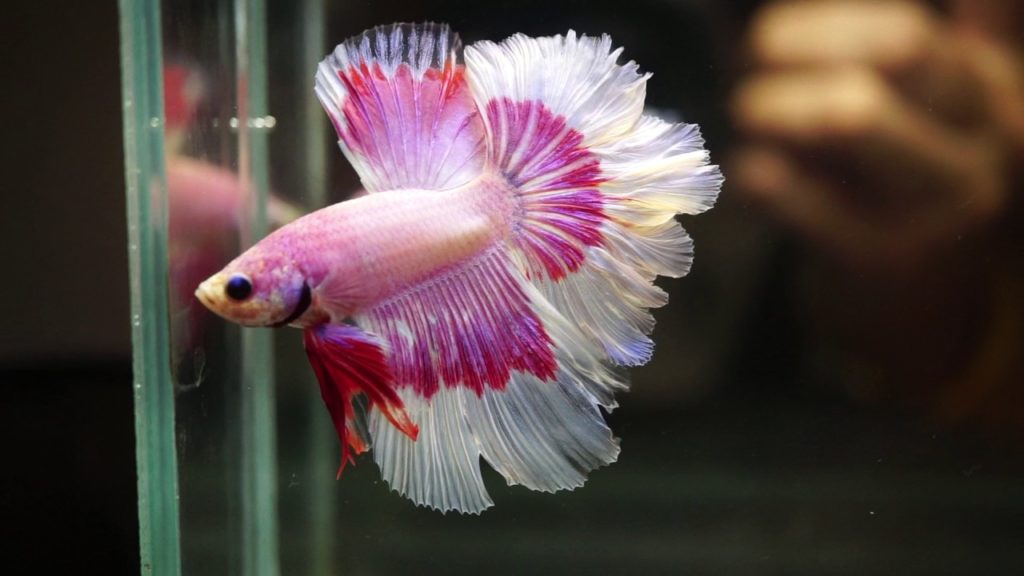
13. Plakat or Short-fin
Plakat Betta has got to be the closest variety to a traditional wild Siamese Fighting Fish. The tail is short and round with a spiky appearance, Sometimes coming to a point on top and the bottom side. A lot of the time, Newbies may mistake it for a female Betta due to its short finnage.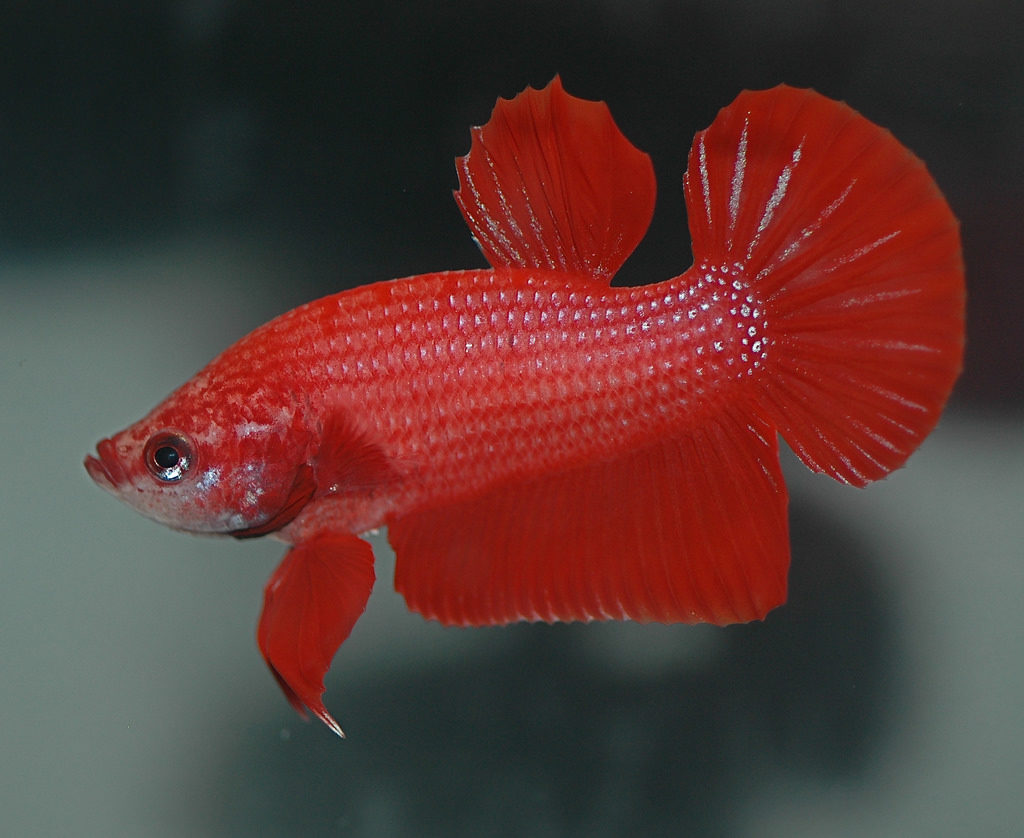
14. Bonus: Dumbo Ear or Elephant Ear
Although not really a fin type, Dumbo Ear Bettas possess excessively large pectoral fins which makes them look like Elephant ears and gives these Bettas a gorgeous aesthetic. The color of these fins can be the same as the base color of fish or can be totally contrasting.